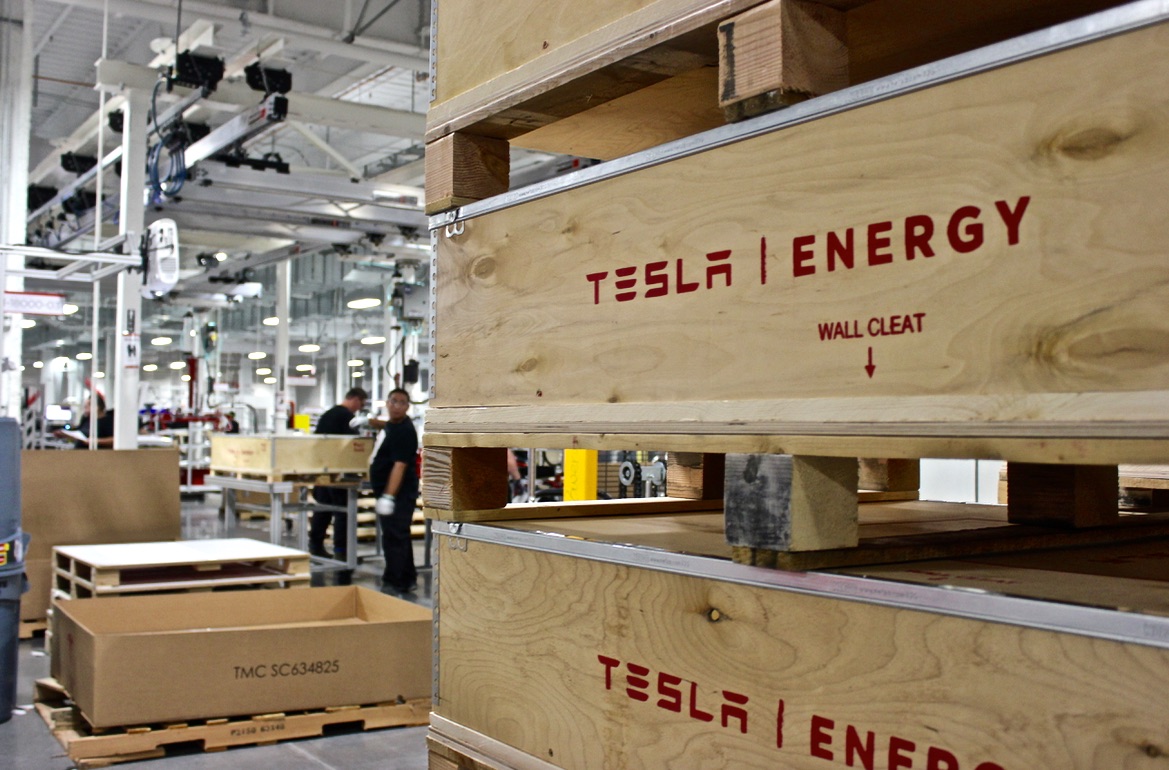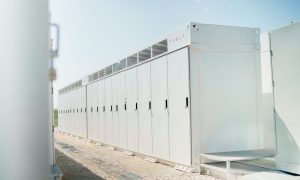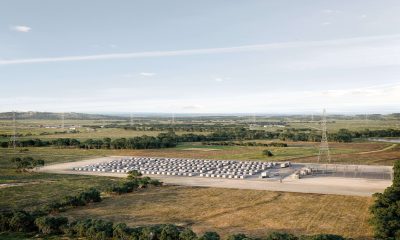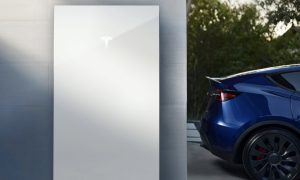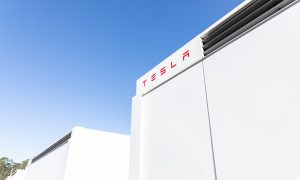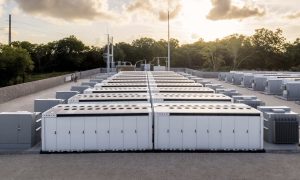News
What to expect from Tesla’s solar roof event on October 28
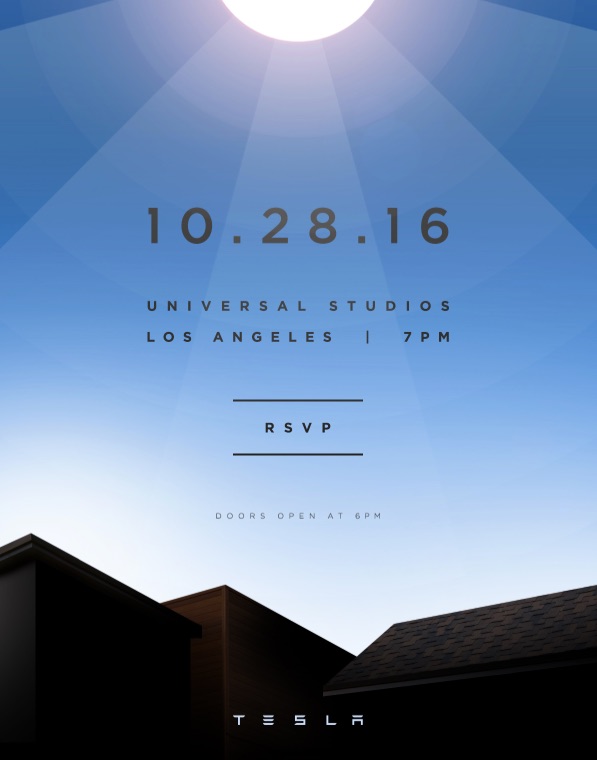
Tesla Motors, Inc. has sent invitations to a product reveal on Friday, October 28, 2016 at Universal Studios in Los Angeles. The product announcement is a formality, as Tesla CEO Elon Musk tweeted on September 22: “Aiming for Oct 28 unveil in SF Bay Area of new Tesla/SolarCity solar roof with integrated Powerwall 2.0 battery and Tesla charger.”
Tesla is in the process of buying SolarCity in a deal worth $2.6 billion. The proposed Tesla/ SolarCity merger vote goes to the shareholders on Nov. 17. Friday’s upcoming announcement offers Tesla an opportune platform as it attempts to persuade shareholders that the merger has sound financial merit. Should the two companies join into one consolidated brand, the Tesla label would prevail, according to Motley Fool, with roof systems marketed alongside vehicles and energy storage products.
How can Musk’s vision for photovoltaic units integrated into the roof itself change the industry?
Traditional rooftop solar panels are attached to roofs using metal mounting systems. But Musk’s plans for an actual roof that’s integrated with a series of solar panels is a step into a new dimension of decentralized renewable energy systems. That means that re-roofing, which is generally required about every 20 years, could migrate into a common pattern of homeowners switching to the solar roof option. While likely more expensive than a conventional roof-mounted panel, the Tesla solar roof will offer homeowners the incentives of savings in power production, endurance of the product, and overt symbolism of a sustainable lifestyle. The latter may have a profound effect on the highly-desired millennial market.
Musk has emphasized that the new solar roof product is “a fundamental part of achieving a differentiated product strategy.” The solar roof concept incorporates Tesla’s Powerwall, with 6.4 kWh storage capacity, sufficient to power most homes during the evening using electricity generated by solar panels during the day. The Powerwall can also act as a backup electrical system in the event of a power outage. Multiple batteries may be installed together for homes with greater energy needs. The upcoming Powerwall 2.0 will simplify the process of installation and feature a charger for Tesla automobiles.
A typical Powerwall system includes solar panels, an inverter for converting electricity between direct current and alternating current, a meter for measuring battery charge, and, in backup applications, a secondary circuit that powers key appliances. Each element interacts with the other.
- Panels convert sunlight into electricity that charges Powerwall and powers the home during the day.
- The home battery is charged with electricity generated by solar panels.
- The inverter converts direct current electricity from solar panels, the grid, and Powerwall into the alternating current used by a home’s lights, appliances, and devices.
A Tesla/ SolarCity partnership also has the gravitas to succeed where others have failed. Research and development around building integrated solar has been underway by various companies for years, including some systems that moved into the development stage. However, cost factors as well as inefficient electricity generation have tabled many of these efforts. Recently, Dow Chemical ceased production of its solar shingles, citing a lack of sales, according to Fortune.
Among many partnerships, Tesla is now providing batteries for Swell Energy as part of its all-in-one home management energy system. It also recently announced its pledge with Panasonic to produce solar cells at a manufacturing facility in Buffalo, New York should the Tesla/ SolarCity merger reach stockholder approval.
Already, the Tesla Powerwall unit is in demand in areas where grid reliability is an issue. Recent power outages in Australia saw demand for the Powerall increase by 30x. This newest announcement comes on the heels of an October 19 frenzy of speculation about another Tesla mystery product, which turned out to be Tesla’s autonomous driving hardware.
Tune in on October 28 to see the live product unveiling via webcast on Tesla’s website or Follow Us on @Twitter to see behind the scenes action from the event.
News
Tesla rival brings back trade-in promo to poach customers
Companies are doing anything to convince them to switch from Tesla.
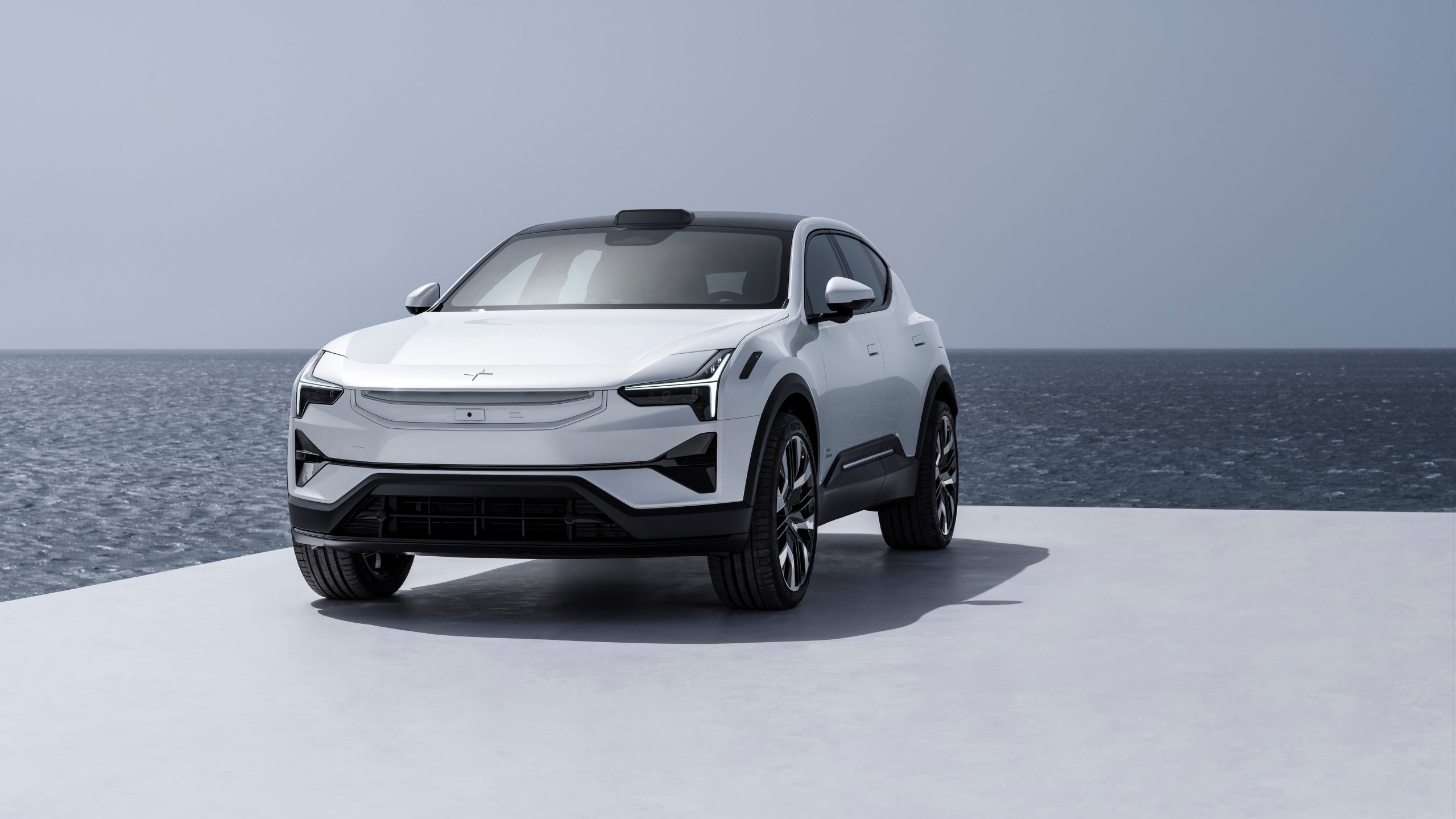
Tesla rival Polestar has brought back its promotion that will offer up to $20,000 in discounts for those looking to trade in their Teslas for another EV.
In late February, Polestar launched a similar campaign, and based on the success it said it had with it, the company has decided to bring it back for April in an attempt to woo more customers away from the Elon Musk-headed car company.
A spokesperson for Polestar told Reuters in a statement that:
“We piloted a conquest campaign in late February. Based on the positive response we ran a new campaign for the month of March. We are currently running a similar campaign for April.”
The campaign is very obviously an attempt to poach Tesla owners who might be willing to switch cars as some have expressed distaste with CEO Elon Musk’s involvement in politics, or they are just hoping to try something different.
Anti Elon Musk protester attacks Polestar after mistaking it for a Tesla
The offer is only valid on the Polestar 3, a vehicle that is built in South Carolina at Volvo’s factory just outside of Charleston. Volvo is Polestar’s parent company, which is why it is handling the production of the vehicle.
Evidently, the promotion was something that had Polestar encouraged, especially as some Tesla owners are looking to switch.
Polestar’s head of sales for the United States, Jordan Hofmann, even said in a post on LinkedIn that the company saw success after offering the Tesla trade-in promotion:
“The numbers speak for themselves. This week saw some of the highest order days for Polestar 3, and the response to our Tesla Conquest Offer has been incredible.”
Lucid currently also has a similar promotion going on with an up to $4,000 discount on the Air sedan for Tesla owners who choose to trade in.
Cybertruck
Tesla unveils new Cybertruck configuration, but not in the U.S. (yet)
Tesla’s Rear-Wheel-Drive trim of the Cybertruck has arrived, but not in the U.S. quite yet.
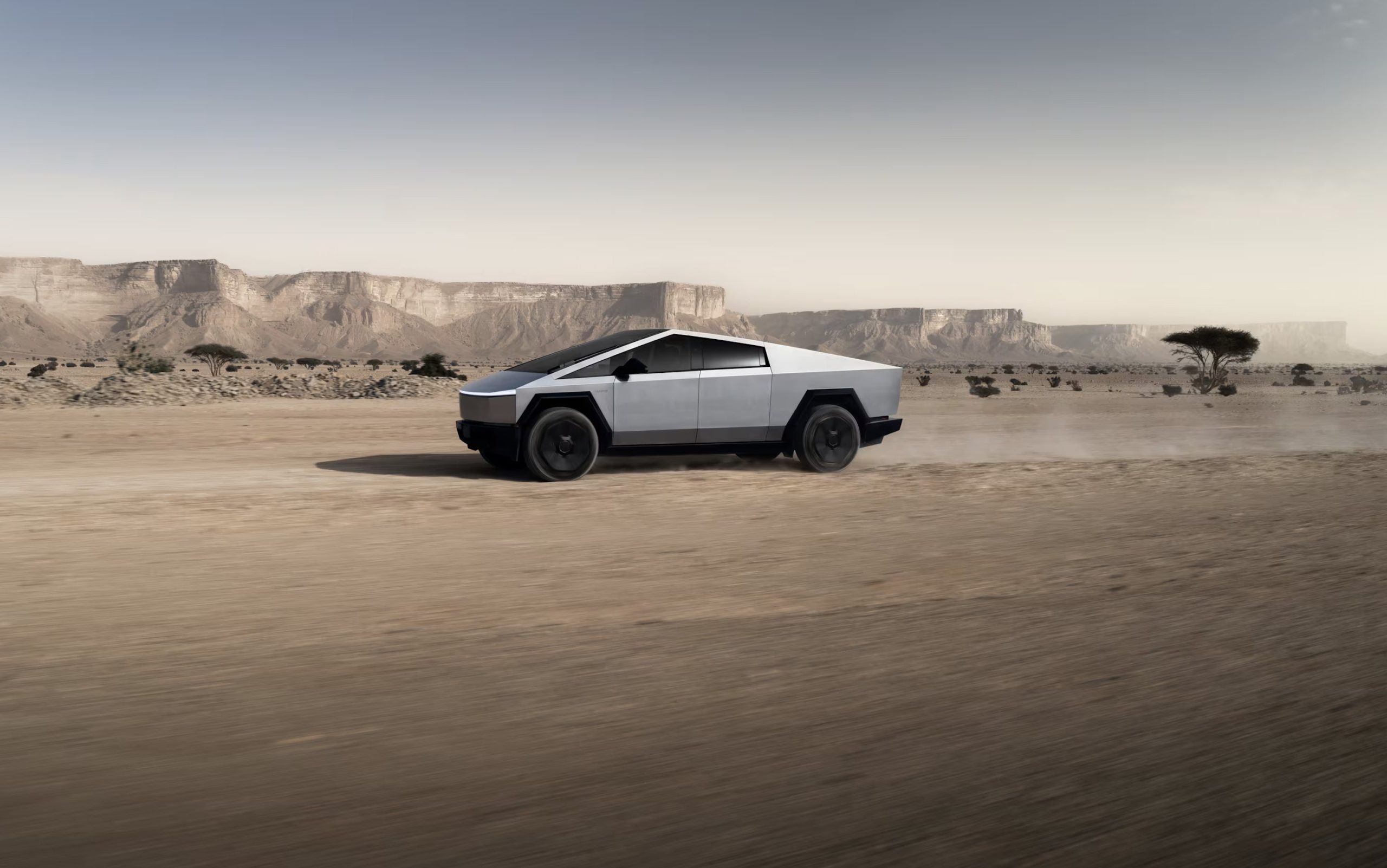
Tesla has officially unveiled a new configuration of the Cybertruck with a new Long Range Rear-Wheel-Drive trim, but it is not yet available in the United States.
Instead, Tesla is advertising the vehicle on its website in Saudi Arabia, a market where it launched deliveries for the first time today, April 10.
🚨 Tesla unveils Long Range Rear-Wheel-Drive Cybertruck. It is currently being offered in the Saudi Arabian market.
There is no listed price as of yet. pic.twitter.com/aDDgDEIEQt
— TESLARATI (@Teslarati) April 10, 2025
Tesla has always planned to launch this configuration of the Cybertruck, as in November 2019, at the vehicle’s unveiling event, it was the most affordable and most accessible trim, priced at just $39,990.
However, Tesla did not launch it right away, instead focusing on the All-Wheel-Drive trim levels that appeared to be in higher demand. Now, it is gearing up for its launch as planned for late 2025, but it is limiting orders to the Middle East, at least for now.
Specs
The specs of the new Tesla Cybertruck trim are as follows:
- Range – 350 miles/563 kilometers
- Acceleration – 6.6 seconds 0-100 km/h
- Top Speed – 180 kmh/111 MPH
- No adjustable air suspension
- No rear touchscreen
- Price not listed
U.S. Launch
While Tesla has not listed this specific trim of the Cybertruck in North America yet, it is likely that the company will launch it in the United States later this year.
Tesla has said that this trim level would be available in the U.S. in late 2025, and we would imagine that is still the plan. The reasoning for launching it in the Middle East before it heads to the U.S. is unknown, but it could have something to do with regulatory processes, specifically the EPA and its approval processes.
In the broader scope of things, launching this Cybertruck version in the U.S. could help to improve Tesla’s delivery figures for years to come after its launch.
Many people have been hoping for Tesla to launch a Cybertruck that is more affordable, and it could be a big reason the pickup has not been a bigger seller (despite being the best-selling EV pickup on the market).
This could be the key to unlocking more demand for the Cybertruck, especially in the U.S.
Cybertruck
Tesla confirms Cybertruck will make its way out of North America this year
The Tesla Cybertruck is headed to a new market outside of North America.
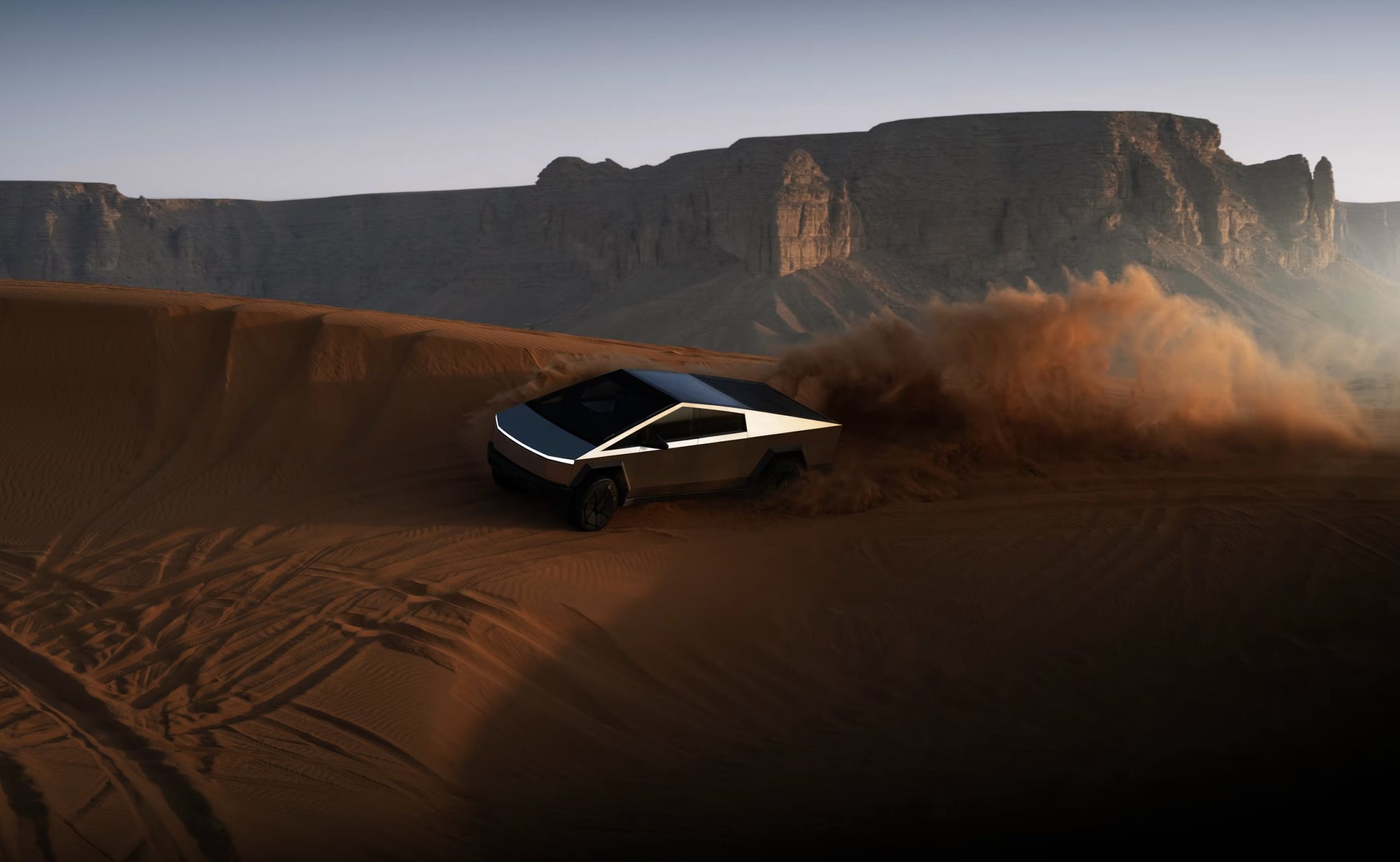
Tesla has confirmed that it will officially launch Cybertruck deliveries outside of the United States, Canada, and Mexico for the first time later this year.
It will be the first time the Cybertruck officially launches outside of North America, and will land in Saudi Arabia, the United Arab Emirates, and Qatar in late 2025.
🚨 Tesla has confirmed that the Cybertruck will OFFICIALLY make its way out of North America in late 2025 as it is launching deliveries in Saudi Arabia, the United Arab Emirates, and Qatar! pic.twitter.com/ghOhOowF3I
— TESLARATI (@Teslarati) April 10, 2025
Tesla launched deliveries in Saudi Arabia for the first time today, bringing its cars to the Middle East and launching a new market of availability.
With the big money available in the region, Tesla is surely positioned well, especially as the Cybertruck continues to be a vehicle that celebrities have flocked toward since deliveries began in late 2023.
Tesla will likely be shipping these vehicles from Gigafactory Texas to the Middle East, as both Giga Berlin and Gigafactory Shanghai have not established Cybertruck production lines. It will be interesting to see how soon Tesla can iron out this logistics process and whether it can stick to this timeline.
After the launch of the Cybertruck, many wondered when Tesla would launch it in a market outside of North America. Many speculated whether the company would follow through on the smaller version of the all-electric pickup that CEO Elon Musk hinted toward a few years ago.
Elon Musk hints at smaller Tesla Cybertruck version down the road
However, that smaller design is likely not needed for the roads of Saudi Arabia and other neighboring countries. Tesla truly considered that abbreviated version for Europe and Asia, where streets and homes are more compact.
-
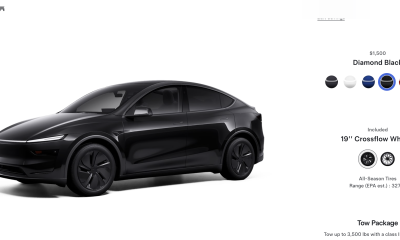
 News6 days ago
News6 days agoTesla rolls out new, more affordable trim of the Model Y Juniper in U.S.
-
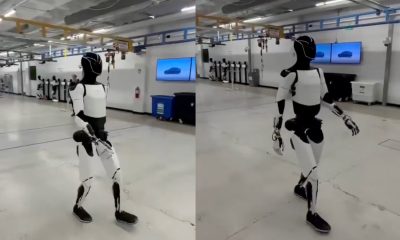
 News1 week ago
News1 week agoTesla shares Optimus’ improved walk in new update video
-
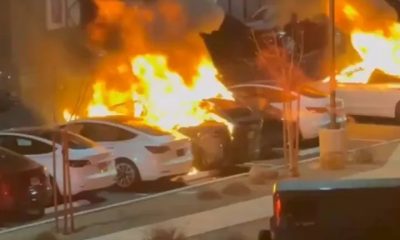
 Elon Musk2 weeks ago
Elon Musk2 weeks agoTesla vandal who lit Las Vegas repair center on fire arrested
-

 Elon Musk2 weeks ago
Elon Musk2 weeks agoElon Musk clarifies Trump tariff effect on Tesla: “The cost impact is not trivial”
-
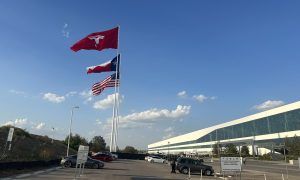
 News2 weeks ago
News2 weeks agoTesla US Gigafactories shields from Trump’s 25% Tariffs
-
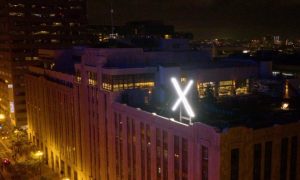
 Elon Musk2 weeks ago
Elon Musk2 weeks agoMusk says xAI has acquired X in $33 billion stock deal
-
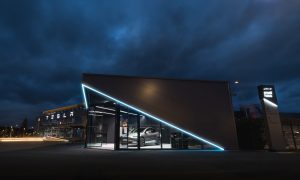
 Elon Musk1 week ago
Elon Musk1 week agoTesla Germany reports 4,935 units sold in Q1 2025
-
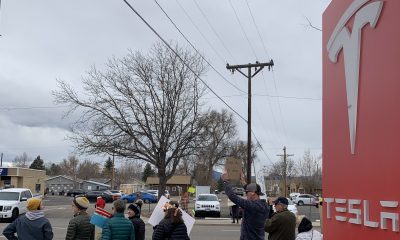
 Elon Musk2 weeks ago
Elon Musk2 weeks agoTesla vehicles hit by ATV, suspect caught by Sentry Mode

